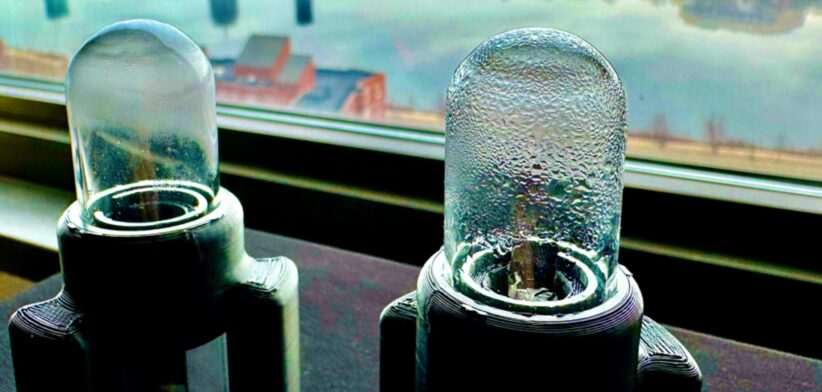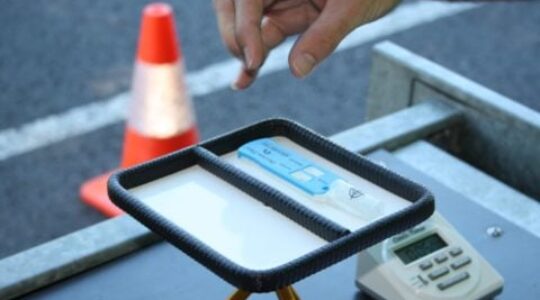Engineers have developed an ultrasonic system that “shakes” water out of air in minutes, rather than the hours it takes current methods.
Principal research scientist at MIT, in the United States, Svetlana Boriskina said scientists previously had developed a host of sponge-like materials for atmospheric water harvesting, but these materials usually required heat and time.
Dr Boriskina said existing designs relied on heat from the sun to evaporate water from the materials and condense it into droplets, with this taking hours, or even days.
She said MIT engineers had come up with a way to quickly recover water from an atmospheric water harvesting material by using ultrasonic waves to shake the water out, rather than wait for the sun to evaporate water out.
“People have been looking for ways to harvest water from the atmosphere, which could be a big source of water particularly for desert regions and places where there is not even saltwater to desalinate.
“Now we have a way to recover water quickly and efficiently.”
Dr Boriskina said researchers developed an ultrasonic device that vibrated at high frequency.
She said when a water-harvesting material, known as a “sorbent,” was placed on the device, the device emitted ultrasound waves that were tuned to shake water molecules out of the sorbent.
“The team found that the device recovers water in minutes, versus the tens of minutes or hours required by thermal designs.”
Dr Boriskina said unlike heat-based designs, the device did require a power source, which could be a small solar cell that would also act as a sensor to detect when the sorbent was full.
“It could also be programmed to automatically turn on whenever a material has harvested enough moisture to be extracted.
“In this way, a system could soak up and shake out water from the air over many cycles in a single day.”
Read the full study: High-efficiency atmospheric water harvesting enabled by ultrasonic extraction.








